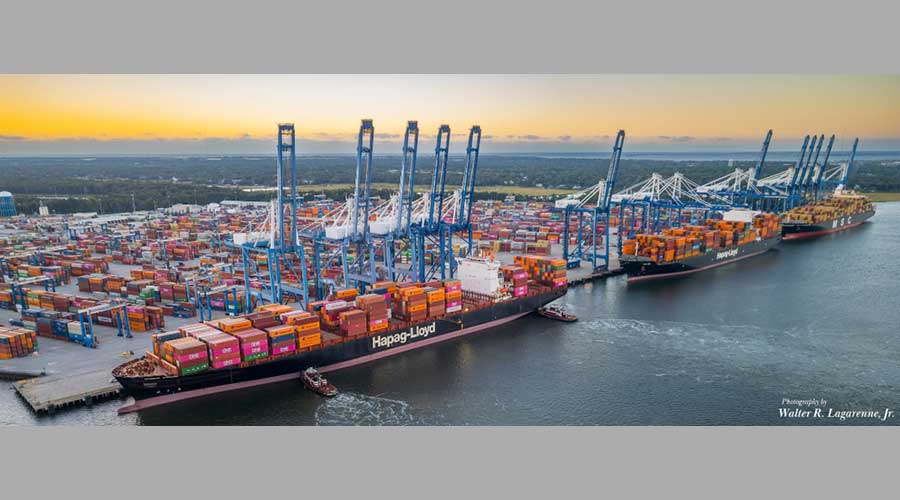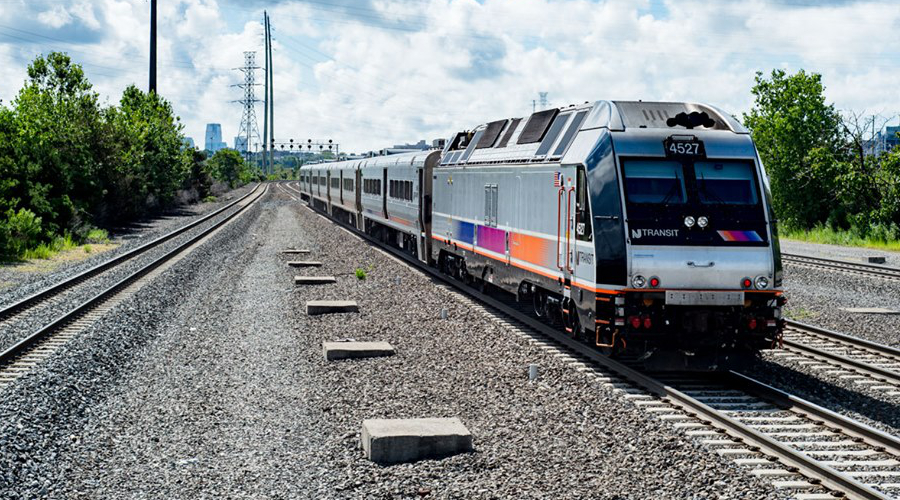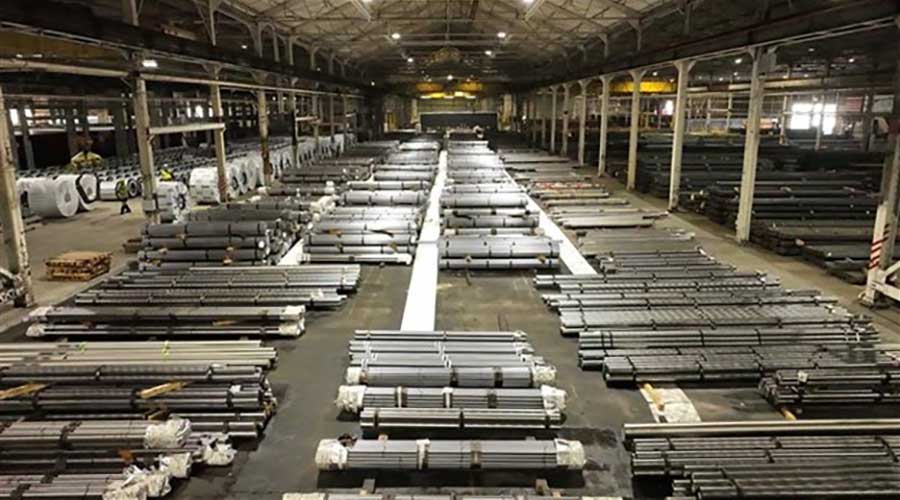Stay updated on news, articles and information for the rail industry
11/10/2014
Rail News: BNSF Railway
BNSF drove up revenue, drove down operating ratio in 3Q
Over the weekend, BNSF Railway Co. released its third-quarter financial results, which show total revenue increased 4 percent to $5.9 billion and net income rose 5 percent to $1 billion compared with third-quarter 2013 figures.
In addition, operating income climbed 7 percent to $1.9 billion, volume dipped 1 percent to 2.6 million units and BNSF's operating ratio improved 1 point to 67.6.
Industrial products revenue jumped 13 percent to $1.6 billion and volume soared 10 percent to 535,000 units primarily because of increased crude oil unit-train loadings and higher frac sand shipments, BNSF officials said in a 3Q performance summary. But service challenges "muted the potential" for additional industrial products traffic growth, they said.
Agricultural products revenue climbed 16 percent to $980 million, but volume fell 3 percent to 233,000 units; consumer products revenue dipped 1 percent to $1.8 billion and volume declined 2 percent to 1.3 million units; and coal revenue dropped 8 percent to $1.2 billion and volume decreased 7 percent to 565,000 units. Additional ag products volume growth wasn't realized despite higher export demand, following the record grain harvest in late 2013, BNSF officials said.
Third-quarter operating expenses increased 3 percent to $4 billion as compensation and benefits costs rose 4 percent, fuel costs dipped 2 percent, purchased services costs ratcheted up 3 percent, and materials and other costs grew 4 percent. Higher volumes, overtime pay, training costs and wage inflation drove up compensation and benefits expenses, which were partially offset by lower incentive compensation costs, BNSF officials said.
The Class I also reiterated that 2014 capital commitments previously were increased by $500 million, bringing total capex to about $5.5 billion compared with $4 billion in 2013. The increase is attributable to additional spending on the core network and related assets, expansion and efficiency projects, and locomotives, BNSF officials said. The Class I expects to spend $2.5 billion this year on the core network and related assets.


 2025 MOW Spending Report: Passenger-rail programs
2025 MOW Spending Report: Passenger-rail programs
 Gardner steps down as Amtrak CEO
Gardner steps down as Amtrak CEO
 Guest comment: Oliver Wyman’s David Hunt
Guest comment: Oliver Wyman’s David Hunt
 Women of Influence in Rail eBook
Women of Influence in Rail eBook
 railPrime
railPrime







